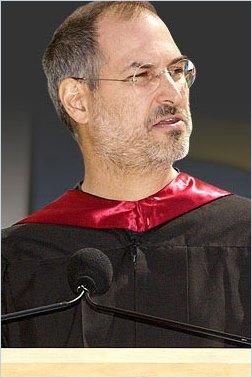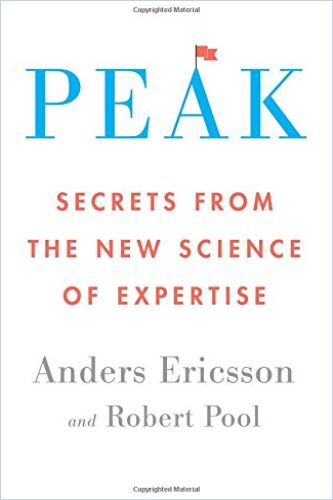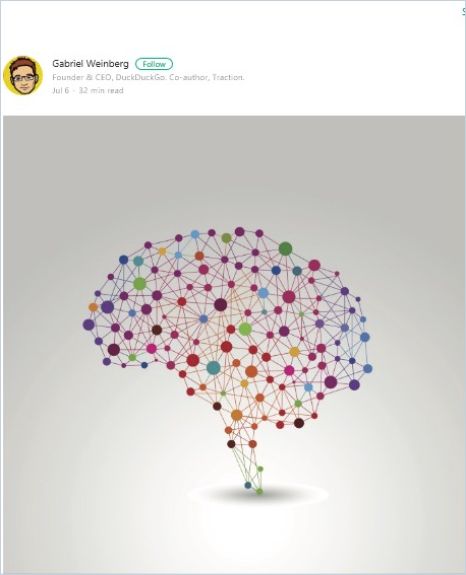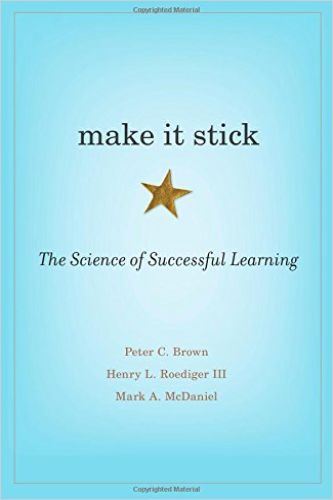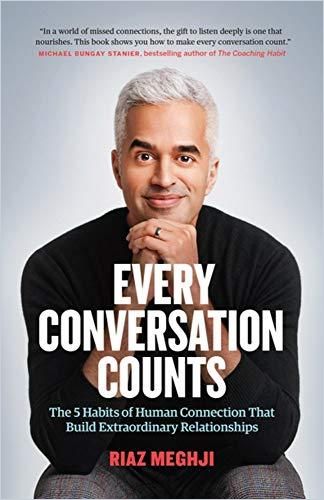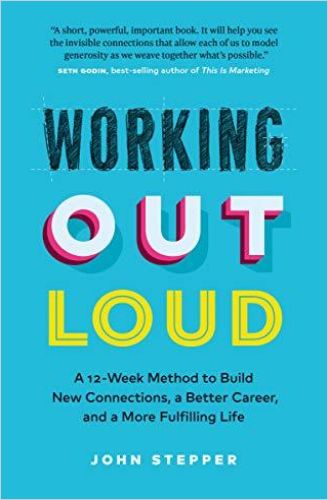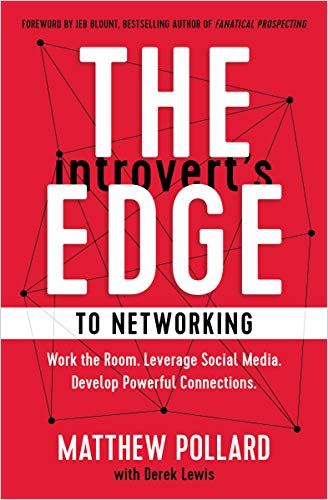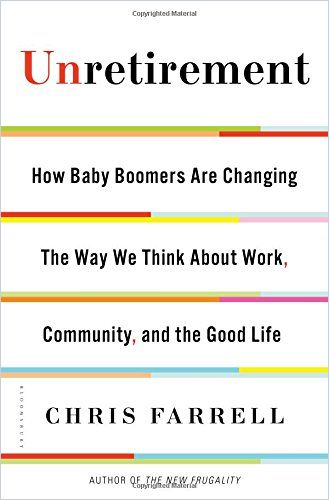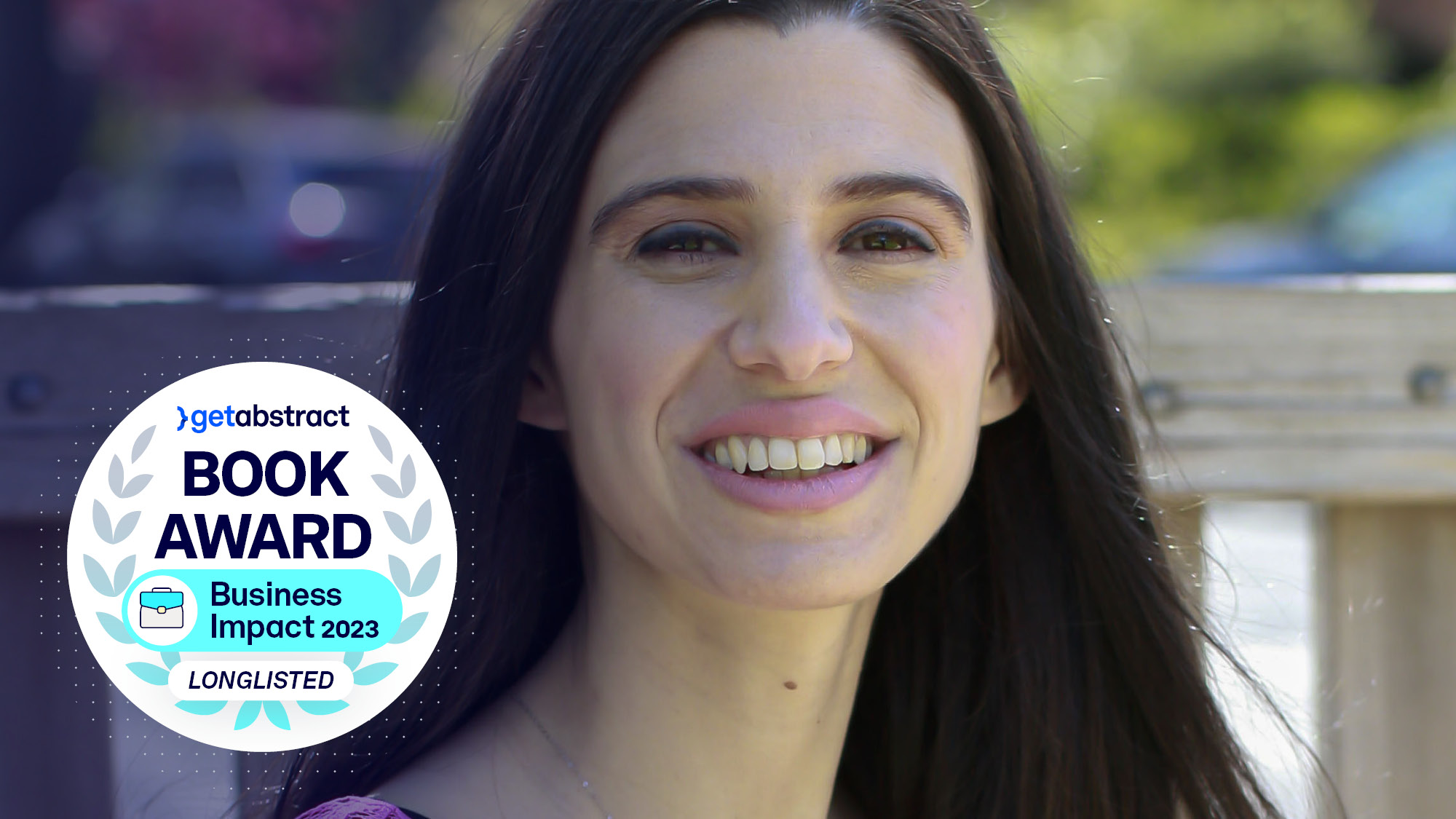How to Reinvent Yourself

In iCon, biographers Jeffrey S. Young and William L. Simon credit Apple co-founder Steve Jobs with having the “greatest second act in the history of business.” As a young entrepreneur, Jobs let his curiosity lead him, but his objectionable personal style made it difficult to work with him. In time, he was ousted by his own company, only to return 15 years later as CEO after learning many humbling lessons along the way. His determination to build revolutionary tech products made him ultimately unstoppable. Reflecting on his life and lessons learned, he told a Stanford graduating class to “stay hungry, stay foolish,” be curious and take risks. This approach will lead you in surprising ways to new adventures. Luckily, you don’t have to be Steve Jobs to craft a fabulous second act.
There’s Gold In Those Golden Years
While the official retirement age for US workers is still 65, many prefer to keep working. At the same time, businesses increasingly recognize the value of the experience and institutional knowledge older employees bring to the table and seek to retain them. The political and soft skills older employees develop over a lifetime are invaluable and difficult to teach – diplomacy often comes easier with maturity. Contrariwise, older workers may be more annoyingly set in their ways than younger workers.
Many older adults are both able and willing to keep working. According to Chris Farrell in Unretirement, delaying retirement to 66 or even 70 reduces the amount of money workers need in savings to under $300k. About a third of workers over retirement age cite financial reasons for continuing, but others cite their desire to keep their minds active. Work also provides a network of colleagues and a sense of purpose. The share of older employees in the workforce will continue to grow, and demand for them will increase. So, career development isn’t just for the newbies. If you are feeling stuck in your career, perhaps the first place to start a shift is within yourself. Those who view aging in a positive light live longer. What can you do to leap into your own second act?
1. Believe You Can Learn
If there’s one thing everyone can agree on, it’s that change is the only constant. Flexibility is one of the most important and highly valued skills for workers in a volatile business landscape. Companies embracing an “agile” approach to business highly value workers willing to rise to change and challenges. Gone are the days when what you learned in college will serve you for the remainder of your career. Just as businesses now accept they will have to continuously upskill their employees, employees also must accept the challenge of continuously learning. This can be difficult for older employees, who are more likely to have been raised with a “fixed” mindset when it comes to learning rather than a “growth” mindset. But a growth mindset is your lifeline to new opportunities, whether in your current career or as you contemplate a pivot. With a “growth” mindset, you understand that failure is just a part of trying new things and learning as you go. You view setbacks as information, not judgment. Hardwired to Learn author Teri Hart writes about the challenging reskilling effort required of employees to meet the quick changes of the digital era and cites the neuroscience showing people are quite capable of acquiring new skills as they get older. In fact, continuous learning as you age creates new neural pathways that scientists believe help to stave off Alzheimer’s.
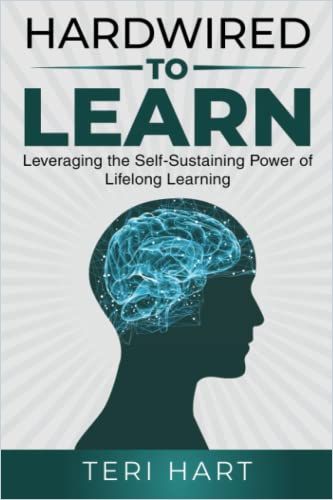
Real learning will take you outside your comfort zone, and that’s the way it should be. You should feel challenged. Even top performers continue to train and learn to stay in peak state. Authors Robert Pool and Anders Ericsson found that top-tier experts tailor their training to keep and sharpen particular abilities with a systematic program of deliberate practice. Also, physical fitness supports your mental strength and flexibility.
The passion for stretching yourself and sticking to it, even (or especially) when it’s not going well, is the hallmark of the growth mindset.
Carol Dweck
Your company may offer career development programs or other learning opportunities. Find out more in this Journal article by Sara Kupfer:
Read more about learning in these summaries:
2. Play To Your Strengths
Author Kimberly Brown outlines ways to break through career plateaus in her podcast series and in her book Next Move, Best Move. Advice for those wishing to change careers is also valuable for older workers trying to decide what direction they’d like to grow in or trying to envision a stellar second act. Take stock of your strengths and the skills you already have and emphasize them over your job title. Focus on enhancing the skills you can leverage to move forward. Books, workshops, and classes can help you close skill gaps.
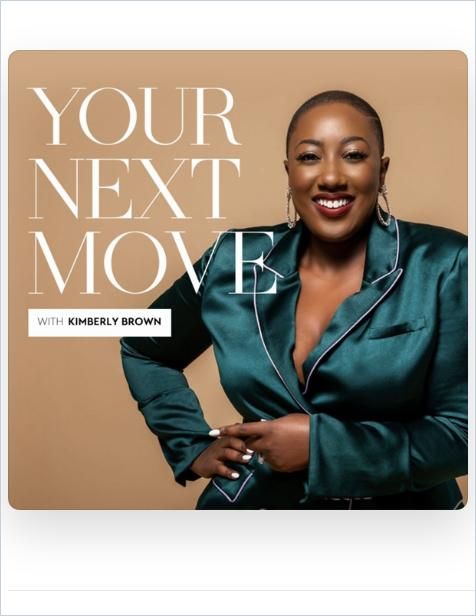
Be mindful of your mindset and decide to make progress every day towards your goal. Real progress is in the “magic middle,” where small daily actions add up to larger changes. Identifying your skills and adapting them to fill a niche in your industry or your company adds to your value. This is your “zone of genius.” Think about the skills you’ve picked up and perfected in previous jobs. Looking at a list of between five and ten, focus on those you’d like to maximize and be aware of the ones you are less interested in pursuing. Find your niche.
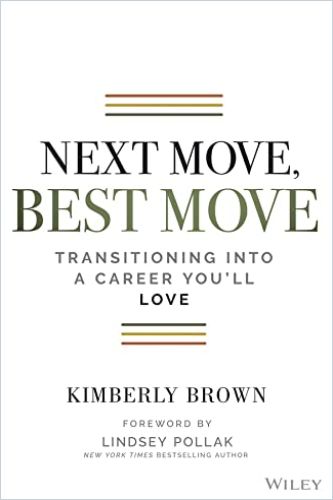
How you engage at work can help you enjoy it better and become more aware of interesting opportunities. In Find Your Happy At Work, author Beverly Jones recommends contemplating the ways that your work aligns with your sense of purpose. Getting clear about your own personal values can help you chart a course to your next career destination. Use this insight to create a vision of your ideal career and goal-set to achieve it.
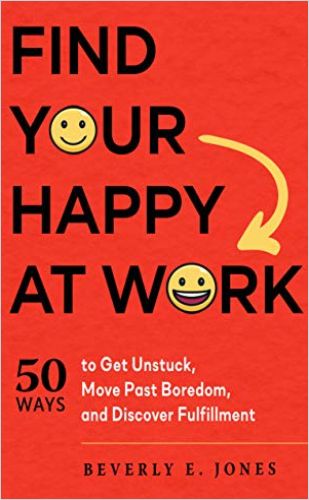
Break down large goals into smaller, actionable goals and chart your progress. Reward yourself for small wins. This provides little jolts of positive feedback and helps you build momentum. Look for micro-learning opportunities throughout your day. Be mindful of the settings and activities that add to your sense of efficacy and well-being and lean into those.
Learning is fun. It can transfer routine work into a continuing adventure. And constant learners tend to be interesting to other people.
Beverly Jones
3. Talk To Your Employer
In addition to more robust policies designed to retain older workers such as retirement planning and contributions, investments in ergonomic work environments support older worker productivity. Many companies allow older workers to work part-time, retrain them for less demanding work or move them where their skills are in more demand. This not only lowers staff turnover, it increases productivity leading to higher profits. Often, workers quit because of burnout but then have to re-enter the job market at a lower level. Sabbaticals might help with this problem.
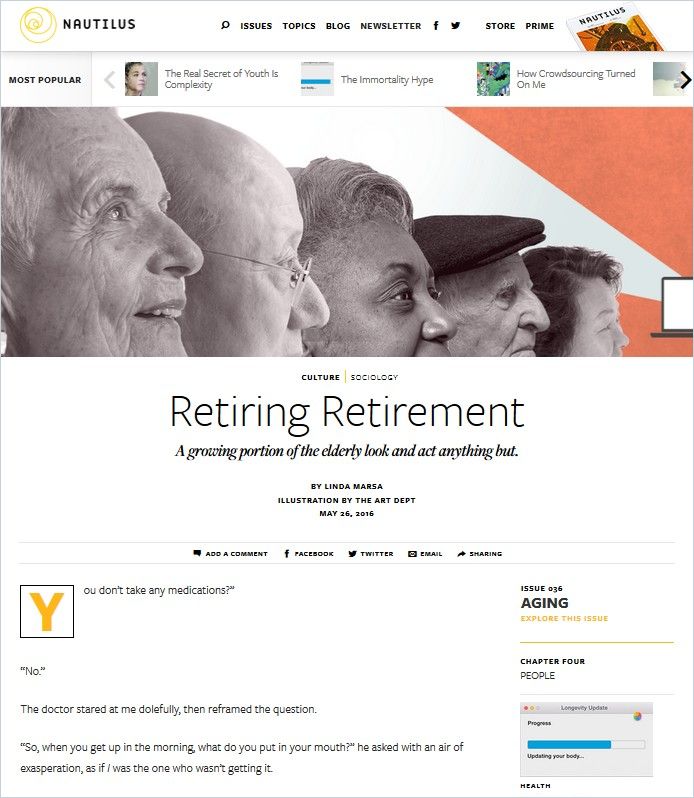
Career development opportunities within companies are no longer solely the province of the young. After taking inventory of your strengths and utilizing your knowledge of the company you already work for, talk with your boss about potential career moves. Employers are more willing than they have been in the past to meet older workers halfway and provide them with some of the support they need to stay on. Read about what companies are doing to retain their older employees in Michael Wiederstein’s informative article:
If you’re bored with your current role or feel you’ve hit a career dead-end for one reason or another, consider your options. Take the temperature of your overall industry first. Are other companies hiring? What other jobs are available that you’re interested in? Whether contemplating internal or external moves, brushing up on your networking skills might come in handy:
But Kimberly Brown recommends being 100% sure you want to leave your current job before handing in your resignation. So, talk to your boss about your concerns or wishes. He or she may be able to suggest changes you can make to ensure you enjoy your current position more. With “Job Crafting,” you still perform your job duties, but in a more mindful way so it’s more meaningful to you.
As you contemplate the future of your career as an older worker, in addition to an open mind and flexible attitude, you will need some courage and self-confidence to make your best pitch. But the reward is an exciting new challenge as your career continues to unfold, no matter what your age.
Learn more:
